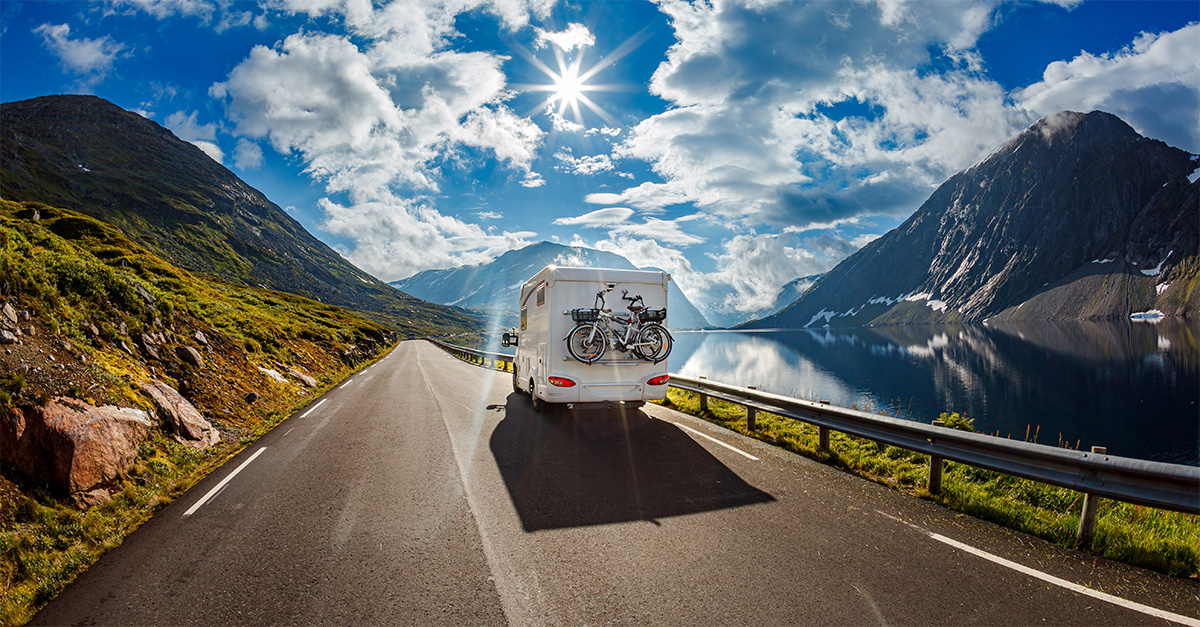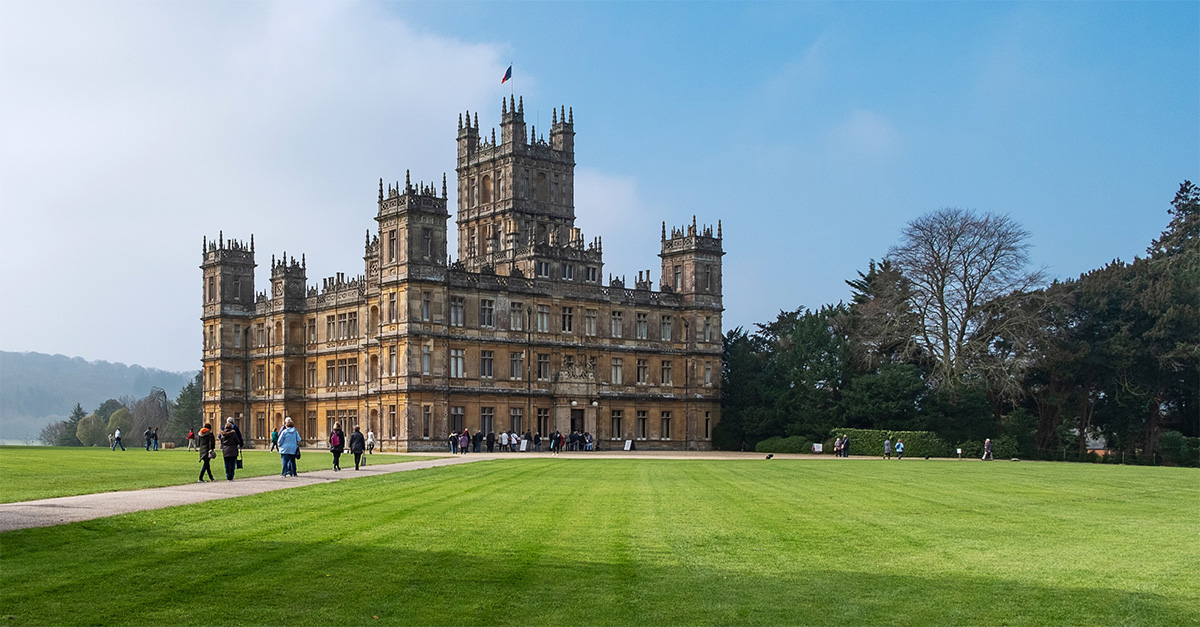Joanna Booth takes a jaunt around Cyprus to sample the local menus and delve into the island’s history
Cyprus has long been a major draw for UK holidaymakers; the sandy beaches are extensive and clean and the greetings are as warm as the weather.
Add to the fact that most of the residents speak English, the post boxes are red and cars are driven on the left and it can sometimes seem like a sunnier home from home.
Holidaying in Cyprus is not just about tanning in Limassol or clubbing in Ayia Napa. The island was a cradle to many early civilisations and its history is evident in everything from Greek amphitheatres to medieval forts and Venetian walls; it also boasts a wealth of archeological remains, museums and ancient buildings.
Getting around is easy with all the major towns connected by major highways. You can drive from one end to the other in two hours, while the quiet, unspoilt villages in the interior are becoming an increasing focus for tourists. The Cyprus Tourism Organisation has published 15 routes for visitors to explore by car – all manageable in a day’s drive.
Cyprus is also ideal for those who enjoy active holidays. The diving and snorkelling are good, there are three international golf courses and the Troodos Mountains provide hiking and skiing terrain.
And for those who like the finer things in life, Cypriot food is as rich as its culture, combining Greek and Turkish influences with flavours from Armenia, Lebanon and Syria, and Cypriots are very proud of their wines.
Despite the introduction of the euro, clients will pick up bargains on five-star hotels if they travel out of season and getting there is easier too, with an increasing number of direct flights including an easyJet service to Paphos.
Paphos
The island’s top tourist spot caters for beach lovers and history buffs alike. The town is a UNESCO World Heritage Site and highlights include the imposing Tombs of the Kings and the medieval fort.
The strikingly beautiful rock formations off the coast, where legend has it that Aphrodite rose out of the waves, have proved popular with honeymooners. To the north of the main town, the new Coral Bay area is a sun-worshipper’s paradise, full of upmarket hotels, restaurants and cafes.
Ayia Napa and Protaras
Often sold as the island’s party capital, Ayia Napa’s thriving nightlife caters to a younger crowd. But the sandy beaches and azure waters of this east coast resort, and its neighbour Protaras, offer plenty for sun, sea and sand-seeking families too. As well as snorkelling and diving off Cape Gkreko, visitors with the energy to leave the beach can enjoy Ayia Napa WaterWorld or explore its Sea Museum. Limassol
Limassol
Limassol isn’t just an established beach resort. Beyond its sandy shore the Old Town’s narrow streets spill out from the fishing harbour, punctuated by mosques, churches and museums. There is an impressive archeological site at Kourion and its restored Greco-Roman theatre is used for performances regularly. Limassol also lies at the centre of the island’s wine-making region, and there’s an annual wine festival every September.The Troodos Mountains
Away from the coast tourists experience a completely different Cyprus. The Troodos Mountains rise almost 2,000 metres above sea level. Visitors can hike, bike or horse-ride along forest paths, occasionally stumbling across monasteries and picturesque villages. Snow in winter turns the peaks around Mount Olympus into a ski destination. Agrotourism also thrives here, and many renovated traditional houses are available to stay in.
Accommodation
There’s everything from five-star luxury to family-run simplicity. Coastal tourist resorts are dominated by hotels and apartment complexes, but in rural areas tourists can stay in traditional villas, specially renovated for the purpose, or even camp.
All you need to know
- Flying time: About four hours
- Airlines: EasyJet, Thomson, First Choice, British Airways, Cyprus Airways, Avro, XL Airways, Globespan, Jet2, Monarch Tour operators: Sunvil, Sunspot, Argo Holidays, Amathus, Libra Holidays, Thomas Cook, First Choice
- Currency: Euro
- Weather: Hot summers with temperatures in the mid-30s. Little rain from May to October. Winters are mild except in the mountains, which have frequent snow.
Itineraries
Five days: Fly into Paphos and concentrate on this area. Divide your time between relaxing on the beach and exploring the city’s historical sites. Hire a car for a day and drive south to Aphrodite’s Rock and Pissouri, or north to the sea caves at Pegeia and the turtle hatchery at Lara Beach.Two weeks: Spend a week in Limassol enjoying the beaches and the Old Town before venturing further afield. Hire a car and drive north into the wine country, visit the capital city of Nicosia and stay in a traditional Cypriot house. Explore the Troodos Mountains by foot or bicycle.
Staying longer: Plan a few focused tours – perhaps the wine villages, a nature trail, or visiting the island’s antiquities, running along the coast from Paphos to Larnaca.
Ask a local
“Make sure you check out a few of the local wineries. Over the past 15 years quite a number of these have sprung up in the Troodos Mountains and Paphos regions, producing some top quality vintages. I particularly like the Tsiakkas Winery near Pelendri in the Pitsilia region, and Ktima Mallia, near Paphos”

 Limassol
Limassol


